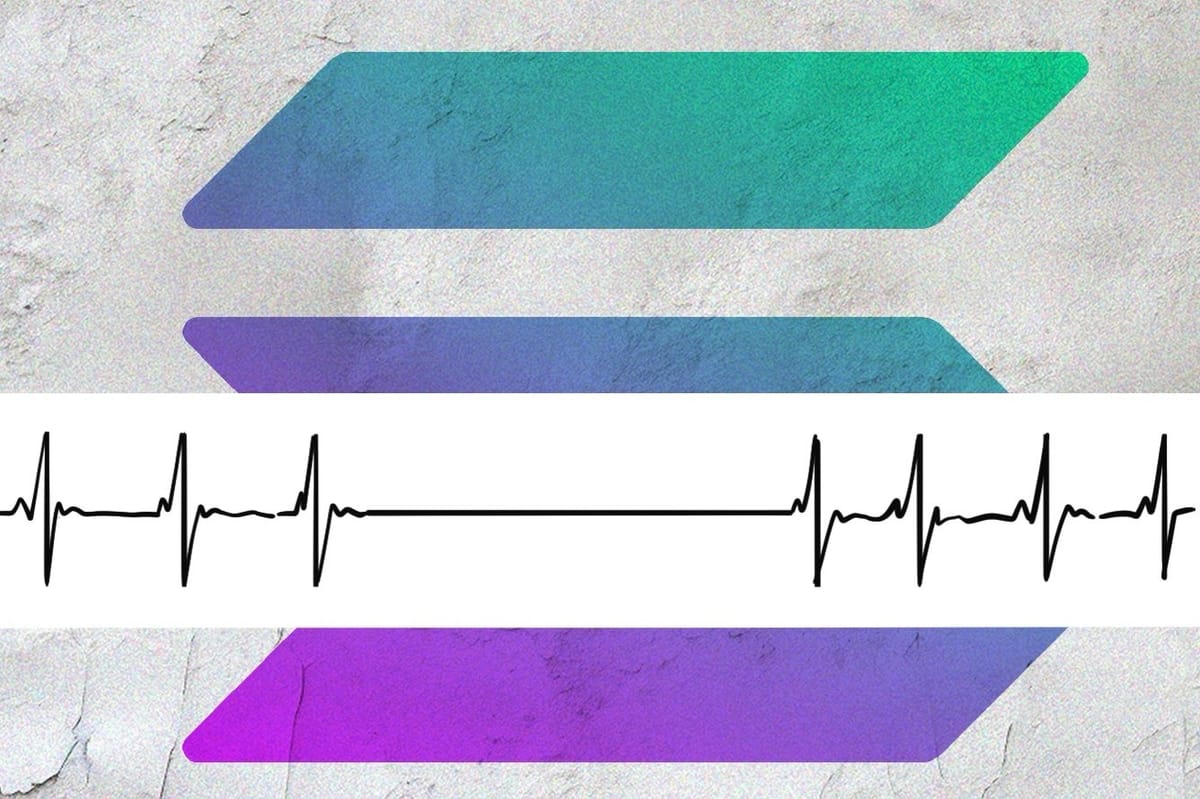
At 10:00 am UTC on Tuesday, Feb. 6, the Solana blockchain stopped producing blocks. Core engineers and validators rushed online to patch the software and restart the network, and less than five hours later the chain was back online.
The effectiveness of the team effort put into solving the issue has boosted the community's morale, which is now more convinced than ever of the strength of the network to endure challenges.
Yet, it has also spurred a lot of criticism. Social media has been inundated with complaints about the frequency of outages, concerns about a possible price dip, and comparisons with better-performing networks that are more decentralized and have fewer technical issues.
All the comments and discussions lead to a broader question: Do Solana's shortcomings limit its chances of becoming one of the leading blockchains in the future of Web3?
It is fair to say that Solana is no stranger to outages. According to some accounts, in the three years since launching in 2021, the network that was born to be "Ethereum's killer" has had 11 - one yesterday, one in 2023, and nine during its first two years.
At a time when blockchain was an experimental and niche technology, this type of failure was accepted as part of the process, and some still see it that way. Mert Mumtaz, CEO of Helius Labs, the RPC & API provider, wrote that "setbacks will happen, that's the price you gotta pay for shipping fast in production," adding "can't drive change without big risks."
The main reason behind the frequent outages is that Solana is not decentralized - it only has one node validator run by Solana Labs. However, the fact that the network has a single point of failure only seems to have upset the blockchain purists. To the market it has been largely irrelevant. After a short dip from $96 to $94 during the downtime, $ SOL's price is now trading at $97, according to CoinGecko.
As the network continues to grow at a formidable pace and with several of its dApp producers developing products to reach mass audiences, issues relating to centralization might increase. Although Solana Labs seems committed to avoiding them. In 2022, it announced a partnership with Jump Crypto to launch a second node validator called Firedancer, which is planned to hit the mainnet in the coming months.
Low fees, fast transactions and a vivid ecosystem have led to a surge in Solana's popularity in the last couple of months. Its community of committed developers, users, and decentralized applications has proven capable of withstanding tough times.
On Tuesday, it overcame another challenge. But while Web3 users can more easily accommodate the drawbacks of using platforms that are still experimenting with their technology, can the same hold true for the next generation of users?

